Conquering the e-commerce space relies on multiple factors – each just as important as the next. Leave one out, and your efforts are for nought. Here, we discuss the eight ingredients that will set you for a successful online store.
1. Smart SEO
Smart search engine optimisation (referred to as SEO) forms the foundation of a successful online store. Without it, you might as well not exist. This might sound dramatic, but if no-one can find your online store (remember that you’re not just catering to existing customers, but aiming to attract new ones too), you’ll have a hard time of making it online. Getting to grips with SEO can be daunting, but for now, the basics will suffice.
Follow SEO best practices by:
- Choosing the right keywords for your online store; making sure that you’re using them throughout your site; and including them in your metatags and alt-tags.
- Writing unique content – this includes titles, product descriptions and, for bonus SEO points, blog posts.
- Avoid keyword stuffing. Too much of a good thing (in this case, keywords) can negatively impact your SEO rankings. Stick to using one keyword or search term in your title tags, alt tags, and meta descriptions to avoid being penalised by Google.
Lastly, spend some time schooling yourself on what SEO best practice looks like in 2020.
2. Visually-driven
In the online space, there’s only one sense at play: sight. It’s no coincidence then that the most successful e-commerce stores are the ones that are visually-driven. Avoid jarring colour combinations, walls of text, and small or pixellated images. Instead, choose images over written content, stick to one style of photography for consistency, and be intentional with your use of colour. (Remember to use colours that complement your existing branding!) Your aim is to convey the right information (and emotions) via the use of the right images. Check out our article on how to create a successful online store that uses colour to convert visitors.
3. Optimal UX
Visitors to your website embark on a journey as soon as they land on your homepage. And depending on how you’ve set up your site, it will be either filled with frustration and as a result, end abruptly, or a seamless, enjoyable process that results in a sale. When it comes to UX (User Experience), your goal is to make the buying journey as streamlined as possible.
Some basic UX tips are:
- Avoid making visitors click through multiple pages to find the product they’re looking for.
- Label and categorise products in a logical manner
- Avoid distracting pop-ups and lengthy login or sign up processes
- Ensure you have a speedy loading time
4. Quality content
Your online store isn’t a reflection of your brand, it is your brand. Which means that every single aspect of your website needs to be considered and error-free. (It also needs to serve a purpose – more is not more when it comes to content.) Just like you’d never rock up to a black-tie dinner in shorts and a t-shirt, your website needs to dress the part. Think high-res images, a consistent and clear brand “voice”, and copy that’s free of spelling or grammatical errors.
Say goodbye to complicated. Turn it on. Get paid. Simple 👌#HelloNeo
— Yoco (@Yoco_ZA) October 29, 2020
5. Strong calls to action
A visitor might land on your site wanting to buy your product, but if you’re not providing them with clear directions as to how to go about it, they’ll quickly lose patience and click away to a competitor. And the secret to getting visitors to do what you need them to (i.e. buy your products), lies in having a strong call to action. Often referred to as a CTA, a call to action is exactly that: a phrase that tells someone what to do, and how to do it. For example, “Buy now”, or “Love a bargain? Sign up to our newsletter and receive 20% off your order”. Use attention-grabbing buttons instead of text links, do some A/B tests to see which colour resonates with your audience, and keep copy clear and concise.
Have a gander at this article for more info on how to implement calls to action that facilitate sales.
6. Optimised for mobile
According to this report, mobile phone owners spent a staggering 18 billion hours shopping via their phones in 2018. (Yes, billions!) Fast forward to 2020 and roughly half of your potential customers are using their mobile phones to shop for everything, from toilet paper to televisions. Mindblowingly, many online-stores aren’t mobile-friendly – and their sales suffer as a result. Make sure your successful online store is optimised for mobile, and test it out on several different mobile devices and operating systems to make sure that every single mobile user can navigate your site with ease.
7. Fast loading time
You have mere seconds to make an impression on an online visitor, and if your site is slow to load, you’ll lose a visitor before you’ve had a chance to wow them with a slick, visually-engaging site or competitively-priced products. An ever-shortening attention span thanks to the instant gratification available to modern consumers, means that time is of the essence. The most common culprits when it comes to slow loading speeds are large files like videos or massive images. The good news is, you don’t have to sacrifice beautiful product shots or nifty explainer videos for the sake of fast loading times – instead, make sure that the website building software you’re using has an “optimise images for web” function.
8. A seamless checkout process
Getting someone to click through your online store and all the way to the checkout page is the biggest hurdle of all. To encourage as many visitors to complete their purchases as possible, you need to make the process easy for them. Just as importantly, you need to reassure visitors that their personal data is safe. Avoid any multiple-step sign-ups or logins, and make sure that security icons are prominently displayed.
This list can feel overwhelming if you attempt to work on it all at once. Pause, take a breath, and create a small task list. A little bit of research and support and you’ll be on your way to online store success.



